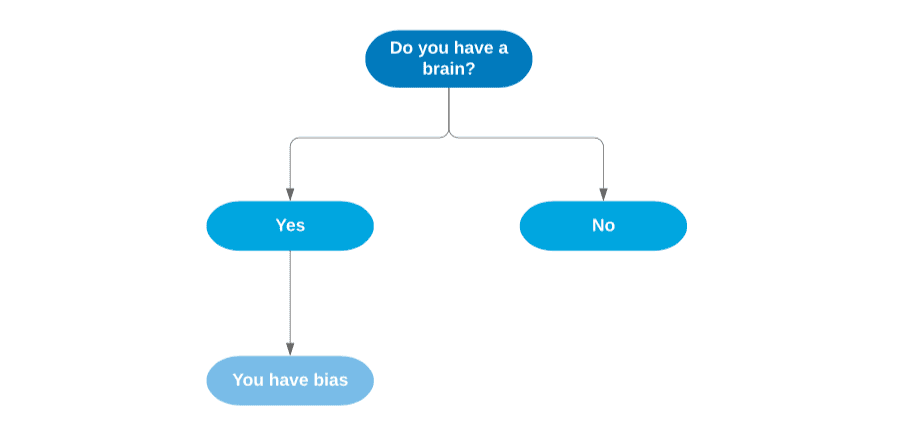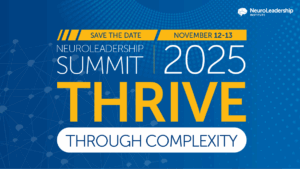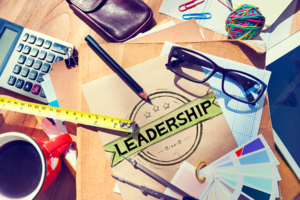After a long weekend, a hiring manager returns to a stack of resumes on his desk. Countless high potential candidates await review, one of whom will bring the fresh, new perspective his team needs. He comes across someone who hails from his alma mater and served as president of the same social club he did. Thrilled by their similarities, he overlooks her shortcomings. Almost instinctively, he offers the candidate an interview.
This line of thinking is a classic example of unconscious bias, a process that occurs outside of our conscious awareness and allows us to make quick decisions. The hiring manager may think he’s making an informed choice, but really he’s taking a mental shortcut to make an expedient decision. In times like these, bias effectively blinds us to new or alternative routes of action.
However, bias is an inevitable part of the human condition. That’s why at NLI, we like to say, “If you have a brain, you have bias.” For leaders, it’s important to learn to mitigate that bias before it negatively impacts decision-making and work environments.

Your brain on bias
Evolutionarily, biases act as adaptive processes that allow us to use prior knowledge and experiences to inform our decisions and actions in the present. Take, for example, a negative experience one might have had with a neighbor’s dog. Though the circumstances around the dog’s poor behavior might be uncharacteristic and subject to change, one might instinctively steer clear of the animal in the future. Acting on bias, in this case, serves survival.
Unfortunately, in our modern world, not all biases serve to benefit us and those around us. In fact, when left untethered, biases can seep into hiring, promotion, feedback, and management and lead to poor decision-making and sub-optimal working environments.
Bias in the workplace
NLI’s research on unconscious bias has found that an overwhelming number of biases impact our thinking every day, both personally and professionally. To make them more accessible and easily retrievable, we’ve condensed 150+ biases into five main categories that make up the SEEDS Model®:
- Similarity: The tendency to view people who look or think like us more favorably than people who are different
- Expedience: The tendency to rush to conclusions in an effort to minimize cognitive effort
- Experience: The tendency to believe that how we see the world is inherently truer than someone else’s perspective
- Distance: The tendency to assign greater value to those things that we perceive to be closer to us, rather than further away
- Safety: The tendency to over-account for negative outcomes instead of positive ones
In the hiring scenario mentioned earlier, the manager is acting on biases of similarity and expedience, motivated to both feel good about himself and lessen his cognitive load by rushing his hiring decision. If he hires the candidate based on these biases, his team could suffer in creativity and efficacy because the applicant does not bring the fresh, new perspective they need to brainstorm and make key decisions. These are the all-too-common facets of bias in the workplace.
But it doesn’t have to be this way.
Bias doesn’t have to be a bad word
As today’s companies are making a genuine effort to address the biases prevalent in their workplaces, research shows that simply acknowledging the existence of bias is not enough to prevent its negative effects. To that end, NLI offers a three-step process for reducing the effects of bias: Accept, Label, Mitigate.
Biases form the invisible lens through which we all subconsciously see the world. Accepting your own biases, as well as others’, involves understanding that bias is a natural, inevitable part of human cognition — not unique to you, your company, or your employees. Labeling bias using the SEEDS Model® makes it easy to adopt a shared language to call out bias in respectful and meaningful ways. Only then does it become possible to target its root cause and effectively mitigate the negative effects of bias.
[action hash= “b8d7571a-d927-4ea7-9f5f-4d9f242b3cea”]






